- Alexandria, VA (Spring 2026)
- Atlanta, GA
- Chicago, IL
- Dallas, TX (Fall 2025)
- Denver, CO (Fall 2025)
- Ft. Worth, TX
- Houston, TX
- Minneapolis, MN
- Mt. Laurel, NJ
- Philadelphia, PA
- Phoenix, AZ (Fall 2025)
- Salt Lake City, UT (Fall 2025)
- Washington D.C.
- Alexandria, VA (Spring 2026)
- Atlanta, GA
- Chicago, IL
- Dallas, TX (Fall 2025)
- Denver, CO (Fall 2025)
- Ft. Worth, TX
- Houston, TX
- Minneapolis, MN
- Mt. Laurel, NJ
- Philadelphia, PA
- Phoenix, AZ (Fall 2025)
- Salt Lake City, UT (Fall 2025)
- Washington D.C.

Small warehouse spaces for ecommerce businesses
-
Flexible spaces
Upscale or downscale your space with the season -
All-inclusive warehousing
Rental includes racking, equipment, loading docks & more -
Immediate availability
Move in today!
200-2,000 sq ft starting as low as $625/month
FOR E-COMMERCE WAREHOUSING ACROSS ALL PRODUCT CATEGORIES:
- Art
- Alcohol
- Amazon FBA sellers
- Apparel
- Beauty & Skincare
- Electronics & Hardware
- Etsy Sellers
- Furniture
- Jewelry
- Food & Beverage
- Subscription Boxes
- Shopify Stores
A flexible warehouse space that grows (and shrinks!) whenever you need it to.
E-commerce businesses are never stagnant. Neither is your WareSpace unit. You can easily scale up and down during busy seasons, and expand your unit as you grow. So you’re never paying extra for space you don’t need.
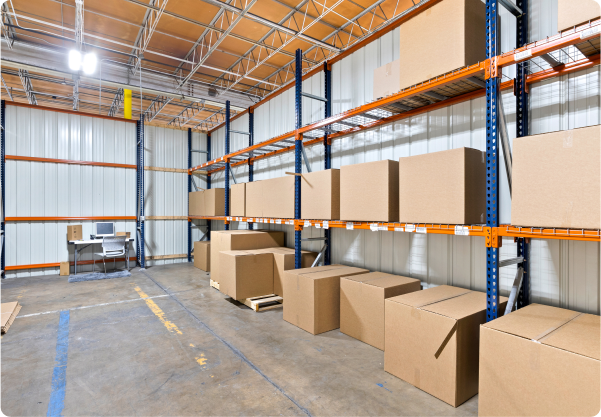

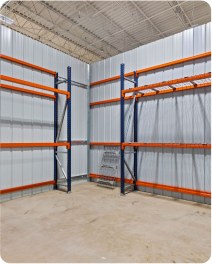
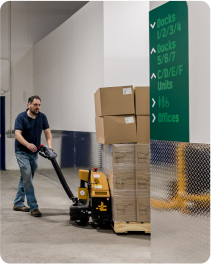

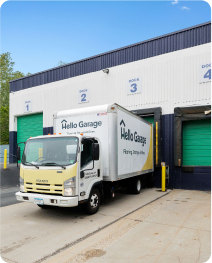







Docks, equipment, & every convenience. No unexpected fees.
Stop wearing all those extra hats. WareSpace provides you with everything you need, so you can just focus on your business:
- 24/7 security, climate control, and property maintenance
- Loading docks, industrial racking, and warehousing equipment
- On-site building manager support and fast WiFi
- Kitchen, lounge, and conference spaces for your team
All for just a single monthly rental cost.
WareSpace works the way e-commerce works.
Daily Pickups & Deliveries
UPS, Fedex, and USPS daily shipments. Our managers can receive shipments on your behalf if you choose.

24-Hour Building Access
Working until 2 AM on Black Friday weekend? No problem – your team will always have access and safety.

Multiple Loading Docks
Streamline your loading, packing, & shipping. No need to be present for pickups or deliveries!
WareSpace works the way e-commerce works.
We asked other WareSpacers in e-commerce how WareSpace helps them run their business better.

“WareSpace is an ideal place to grow as a small business”
John Kelley, JPK Media

“After working in a manufacturing facility for years, I knew this was a really well run warehouse”
Alessia Serafino, Nuvo Sprits
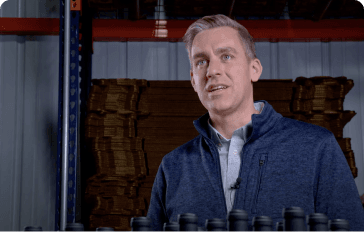
“WareSpace has made it easy for us to have the exact square footage we need at any given time”
Kelly Bertog, Yours Non-Alcoholic Wine

“WareSpace is an ideal place to grow as a small business”
John Kelley, JPK Media

“After working in a manufacturing facility for years, I knew this was a really well run warehouse”
Alessia Serafino, Nuvo Sprits

“WareSpace has made it easy for us to have the exact square footage we need at any given time”
Kelly Bertog, Yours Non-Alcoholic Wine
You can run all your e-commerce
operations from your WareSpace unit.

Incoming Deliveries
Bulk wholesale items coming in every month? Our docks will help you streamline your logistics.

Daily Pickups
Just drop your packages off at our loading docks – no need to monitor, with 24/7 security.

Packaging & Labeling
Need space for packing boxes? WareSpace has dedicated prep areas near loading docks.

Inventory Storage
Have an accessible storage unit beyond your 3PL to keep a stash for stores, influencers, etc.

Light Manufacturing & Assembly
Our units are the perfect space to craft your own pieces, whether that’s clothing, lamps, or jewelry.

Trade Show Equipment Storage
The space you need for banners, flyers, swag, and trade show-specific merchandise.

Product Photography
Set up a dedicated photography booth within your unit, saving you time and money.

Office Setups
With plenty of electrical outlets and A/C, you can set up a comfortable space in your unit.

Incoming Deliveries
Bulk wholesale items coming in every month? Our docks will help you streamline your logistics.

Daily Pickups
Just drop your packages off at our loading docks – no need to monitor, with 24/7 security.

Packaging & Labeling
Need space for packing boxes? WareSpace has dedicated prep areas near loading docks.

Inventory Storage
Have an accessible storage unit beyond your 3PL to keep a stash for stores, influencers, etc.

Light Manufacturing & Assembly
Our units are the perfect space to craft your own pieces, whether that’s clothing, lamps, or jewelry.

Trade Show Equipment Storage
The space you need for banners, flyers, swag, and trade show-specific merchandise.

Product Photography
Set up a dedicated photography booth within your unit, saving you time and money.

Office Setups
With plenty of electrical outlets and A/C, you can set up a comfortable space in your unit.








Is WareSpace is right for your business?

$650 - $3,000
/month

Flexible
short-term leases

200 SF -
2,000 SF units
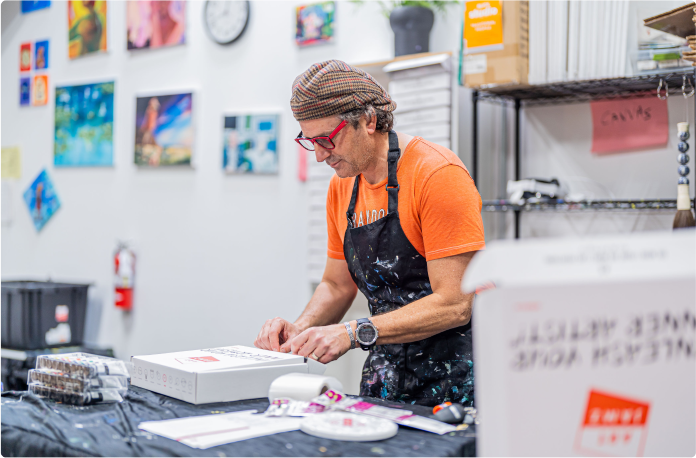
Visit for an in-person tour



Book a quick 15-minute tour for sometime this week. No commitment necessary!
Questions? Give us a call: 415-985-0940
Got questions?
Can I manufacture food at WareSpace?
How long does it take to sign a lease and move in?
What’s included with my rental?
Your rental at WareSpace comes with a comprehensive range of amenities and services designed to simplify your operations and maximize efficiency. Here’s what’s included:
- Loading Docks – Access to shared or private loading docks, making shipping and receiving seamless.
- Racking Systems – Available in select units to optimize your storage capacity.
- Property Taxes – Fully covered as part of your rental agreement.
- Utilities – Electricity, heating, and cooling included in your rent.
- High-Speed Internet – Fast and reliable internet to keep your business connected.
- Maintenance Services – General building maintenance, including repairs and upkeep.
- Cleaning Services – Common areas and exterior spaces cleaned regularly.
- Landscaping – Professional landscaping to maintain a clean and professional exterior.
- Security – Secure facilities with surveillance and controlled access.
- On-Site Parking – Ample parking for employees, visitors, and business vehicles.
- Shared Facilities – Access to common spaces, including conference rooms, kitchens, and restrooms.
- Waste Management – Trash and recycling services included.
- Community Perks – Networking events, tenant support, and other resources to help your business thrive.
Are there loading docks available?
Every location is designed to have the right amount of docks so there will never be a traffic jam and always be enough or the tenants to share. Most locations have 3-5 docks that are shared by the community. Traffic jams have never been an issue.
What different size options do you have for space?
Yes, all of our buildings are secure. We have interior and exterior video surveillance, access control and other methods of keeping it secure while still allowing controlled access for members, their guests, visitors and logistics deliveries.
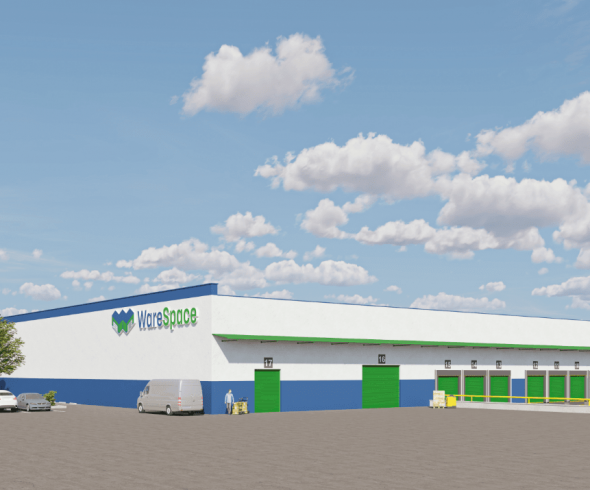
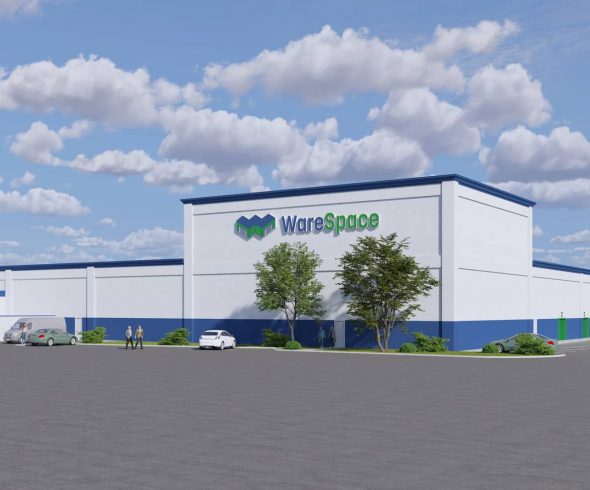

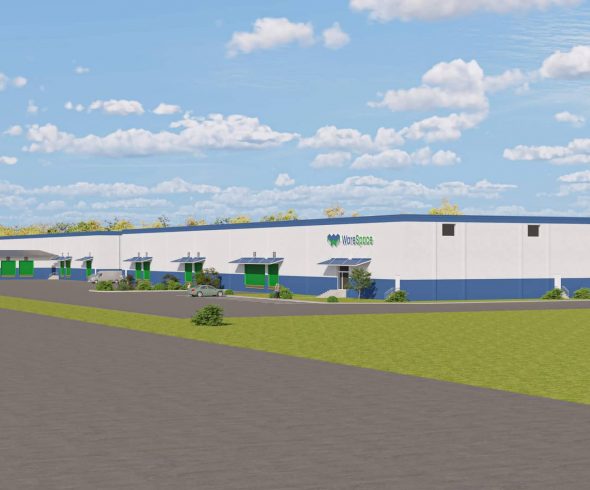


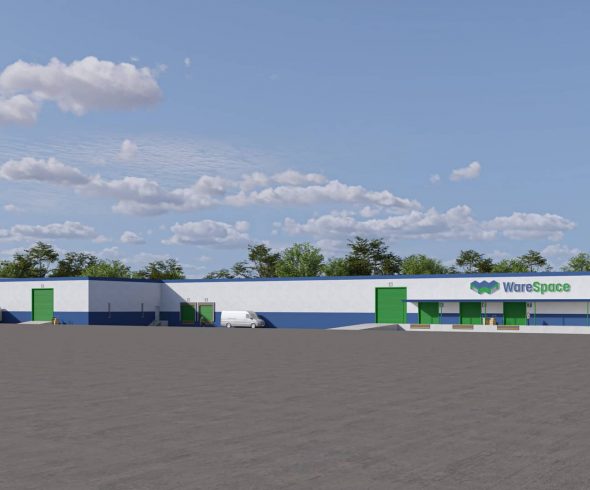
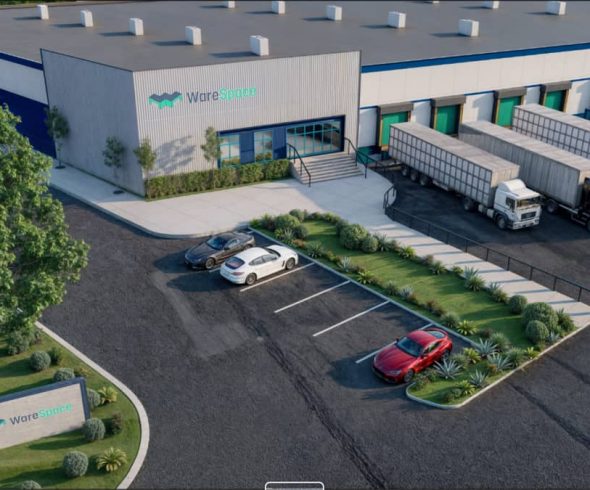
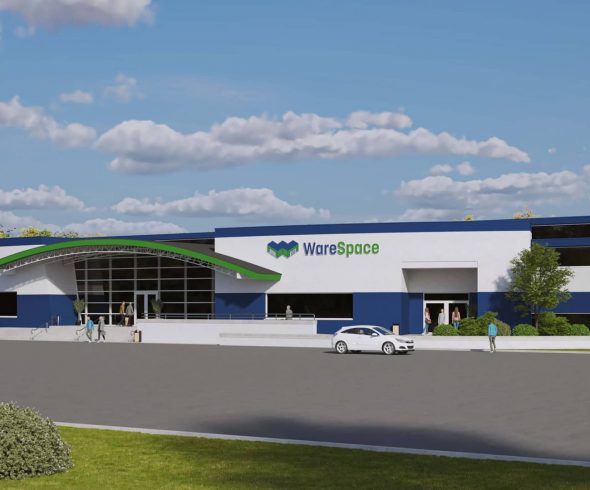

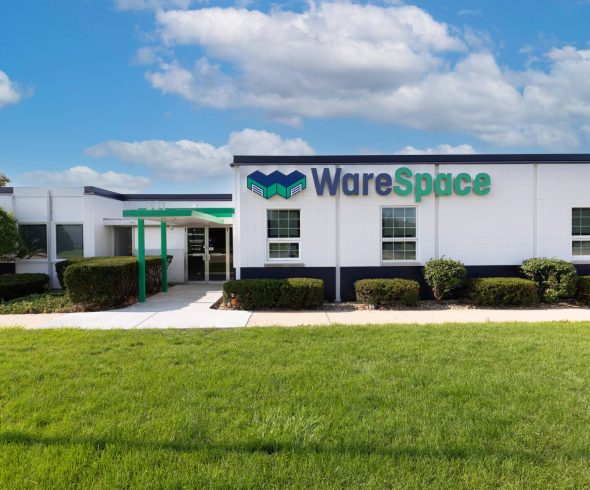



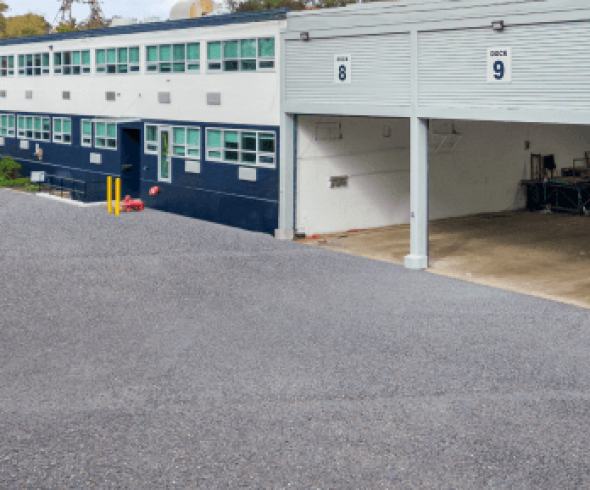
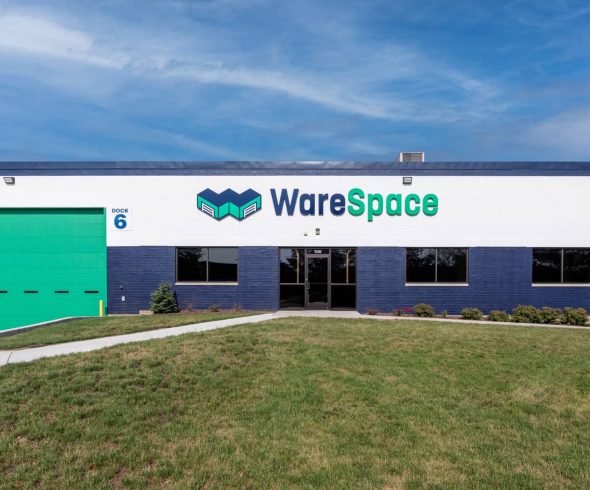

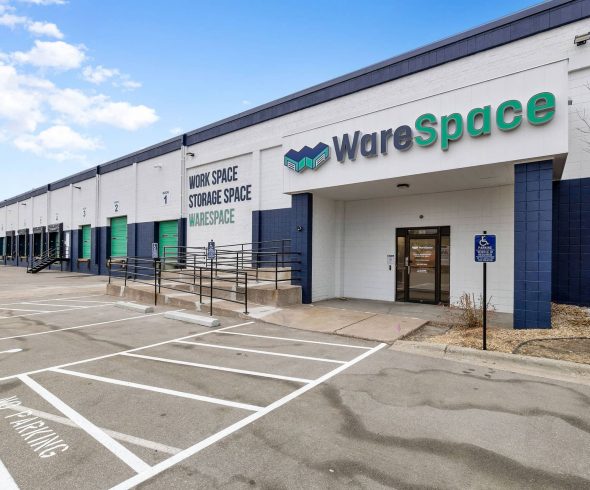
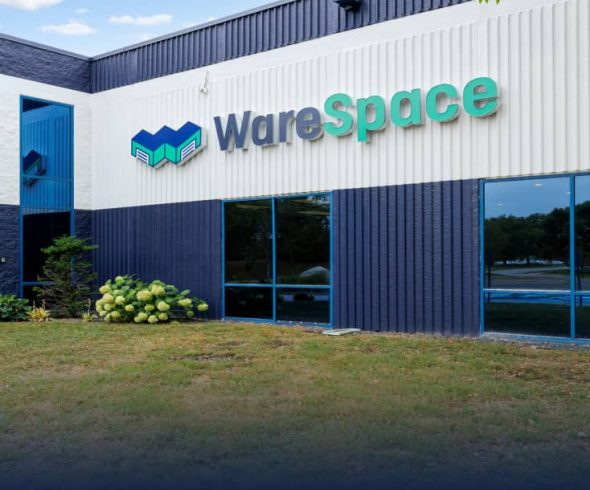

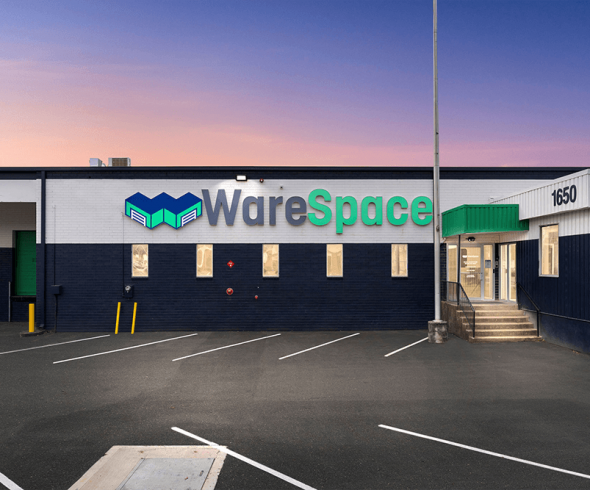

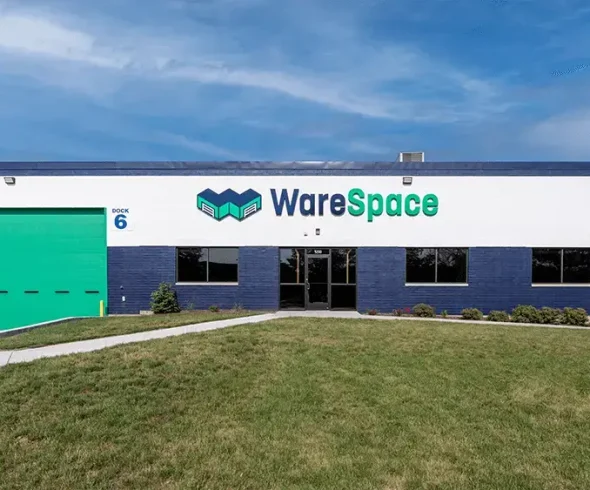
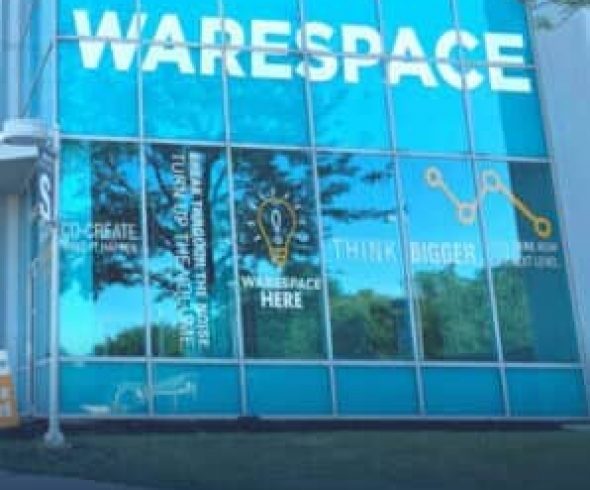
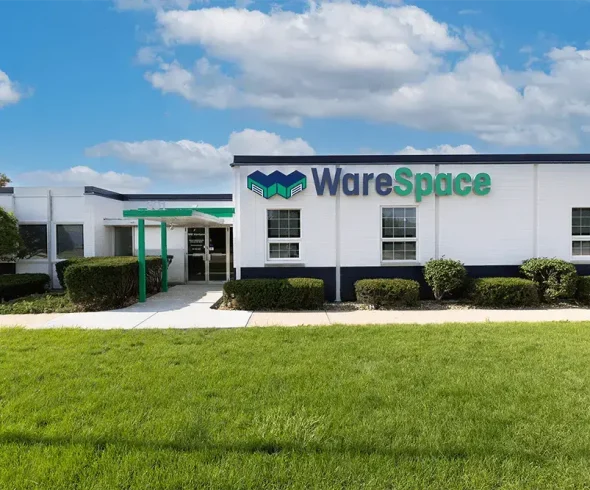
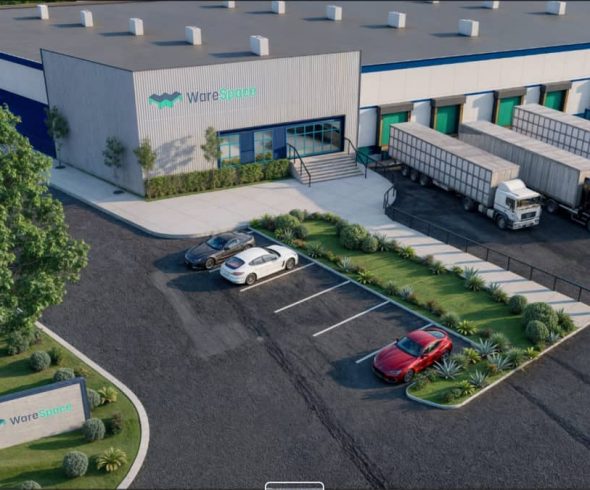
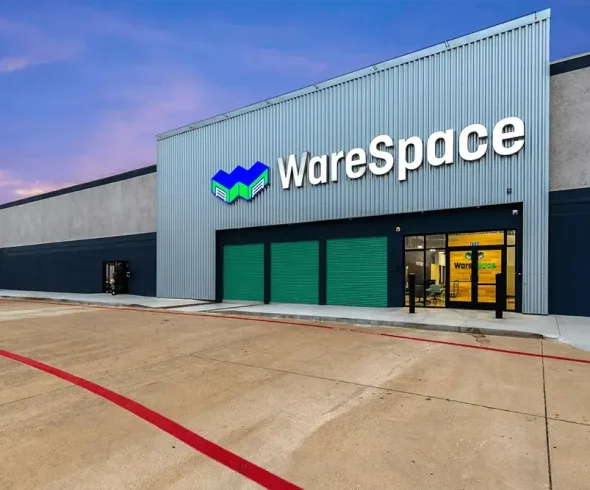
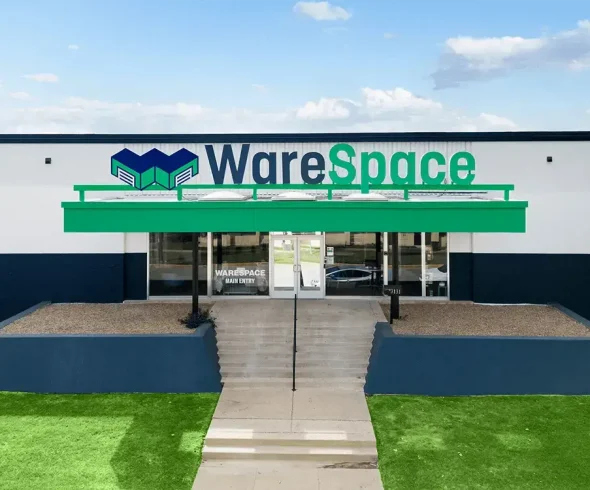

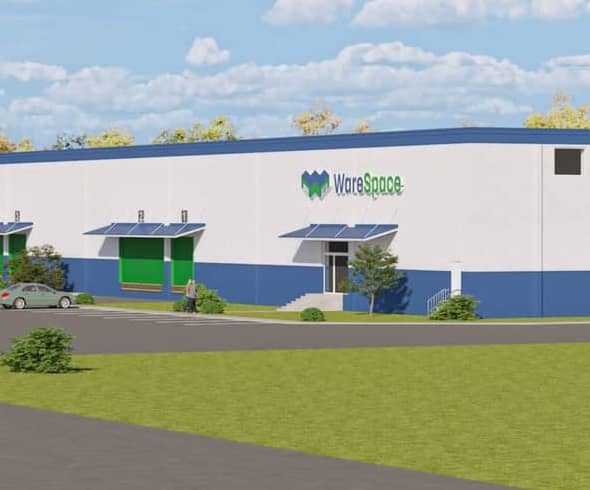
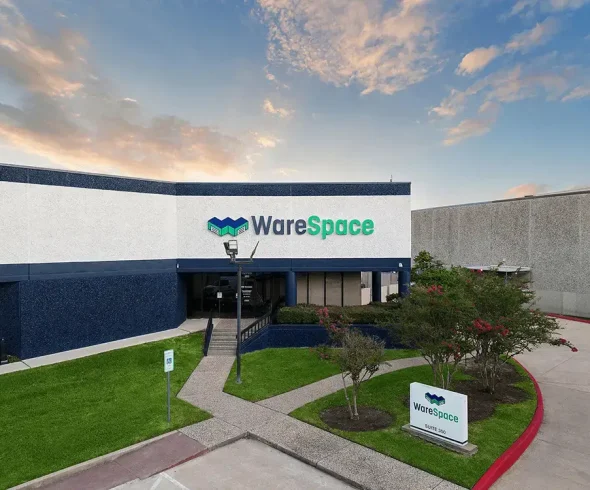
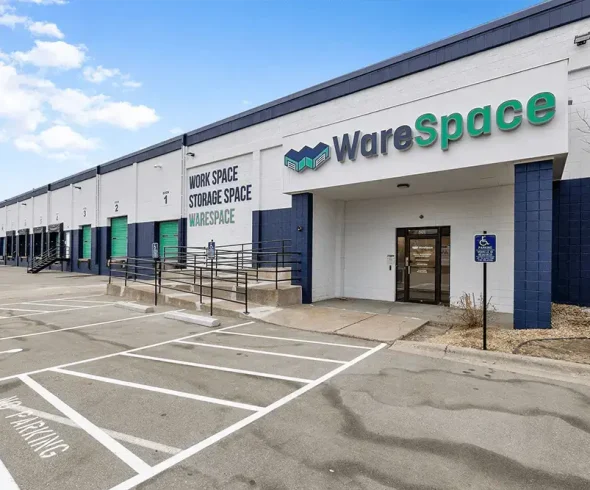
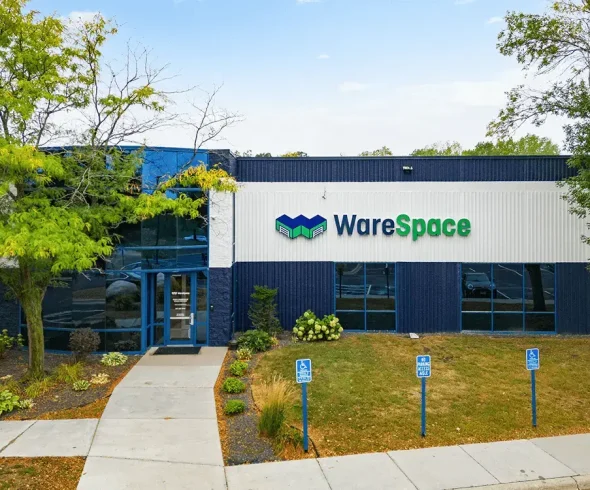





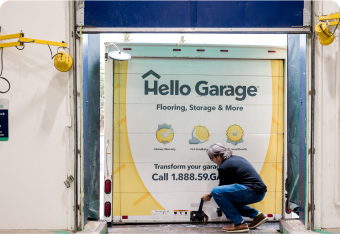
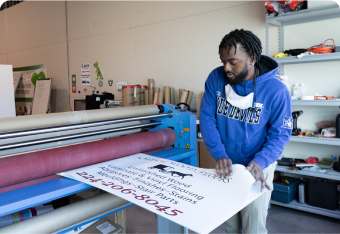
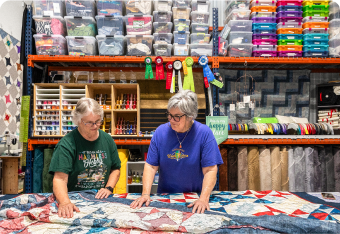
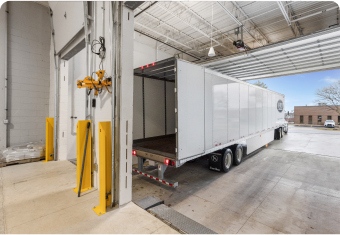
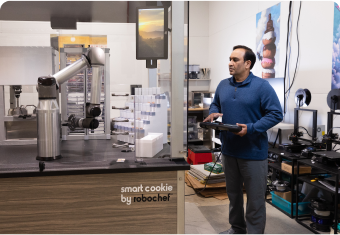
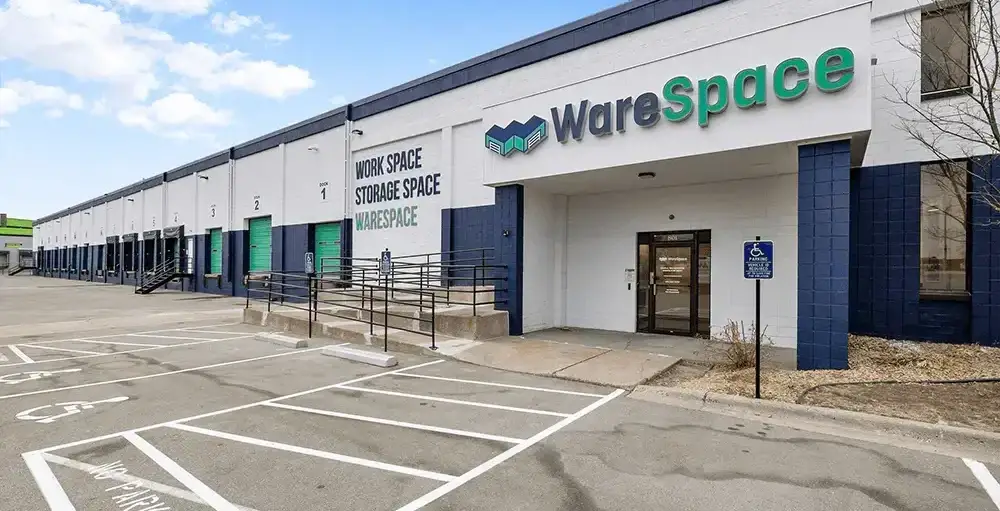














 ►
Explore 3D Space
►
Explore 3D Space